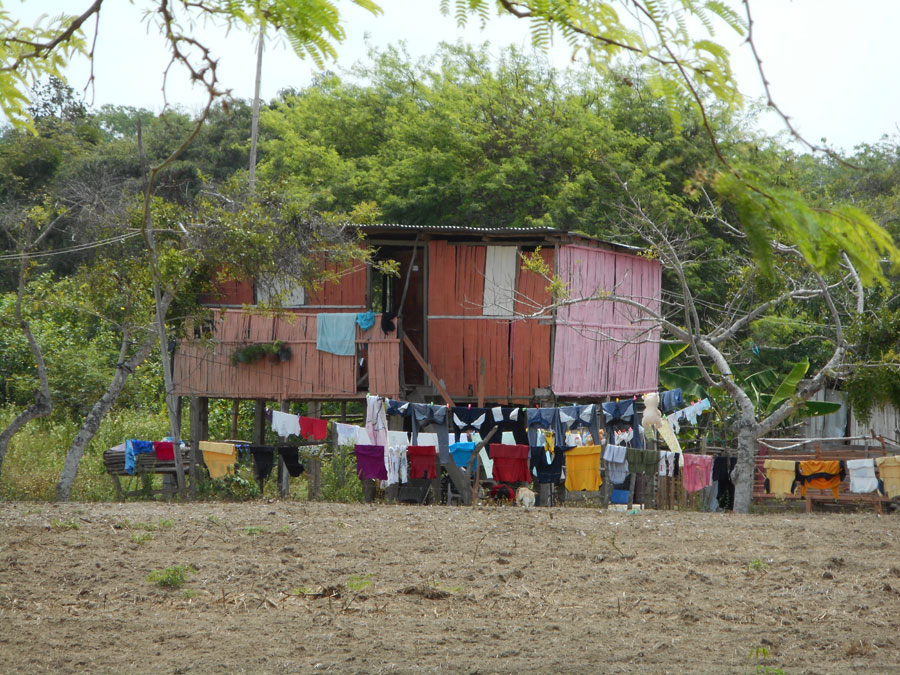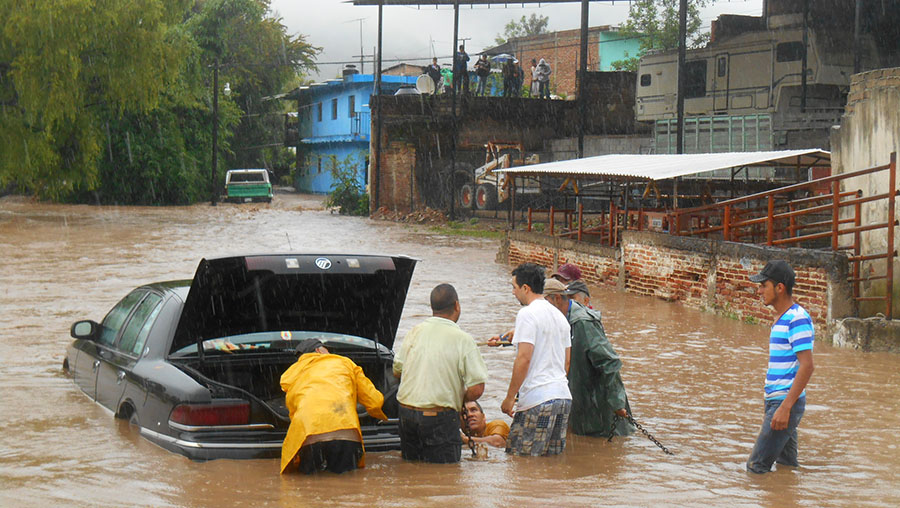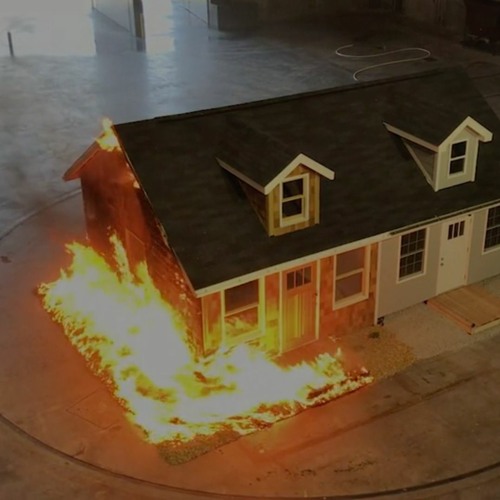Stilt houses in the third world were born of necessity, but they linger out of love
I spent a lifetime building affordable housing by looking for inexpensive ways to design and construct high quality, attractive, low cost homes. I wrote a couple of books about it.
When I travel, I am always fascinated by the simplest homes, often handmade by the homeowner, and put together with native materials gathered from the nearest woods, jungles, or fields.
The stilt homes in Ecuador, made with wild cane, respond to frequent flooding, just as the FEMA-compliant houses high on pylons do along the hurricane coasts.
But these bamboo huts become much more than flood resistant. A culture has evolved around the space below the home, where kids play, bikes, boxes and motorcycles are stored, and the animals live.
Food scraps tossed through the spaces between floorboards feed chickens and pigs.
This gentleman cutting stairs for the home he’s building himself on the outskirts on Manglaralto, where it does not need to be built with flood elevations in mind.
But he grew up in a stilt home, and he appreciates the extra space below his house just as Midwesterners appreciate their basements.
He tells me, nostalgically, “There’s nothing nicer than living in a raised cane home in the country.”
Along the road in the Andes I stop to photograph a stunningly modest, mud brick home, but then I am taken by the view. How rich would you have to be in the USA to enjoy breathtaking mountain scenery like this one?













